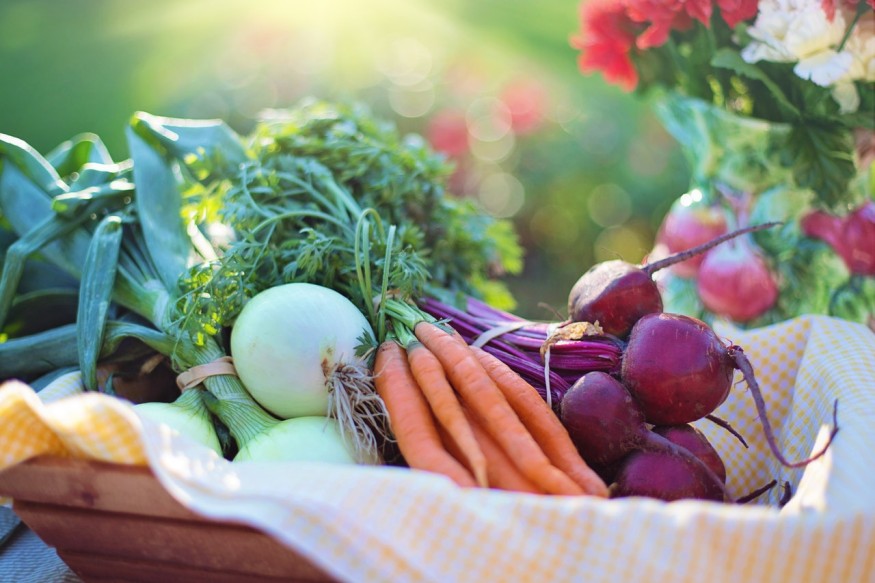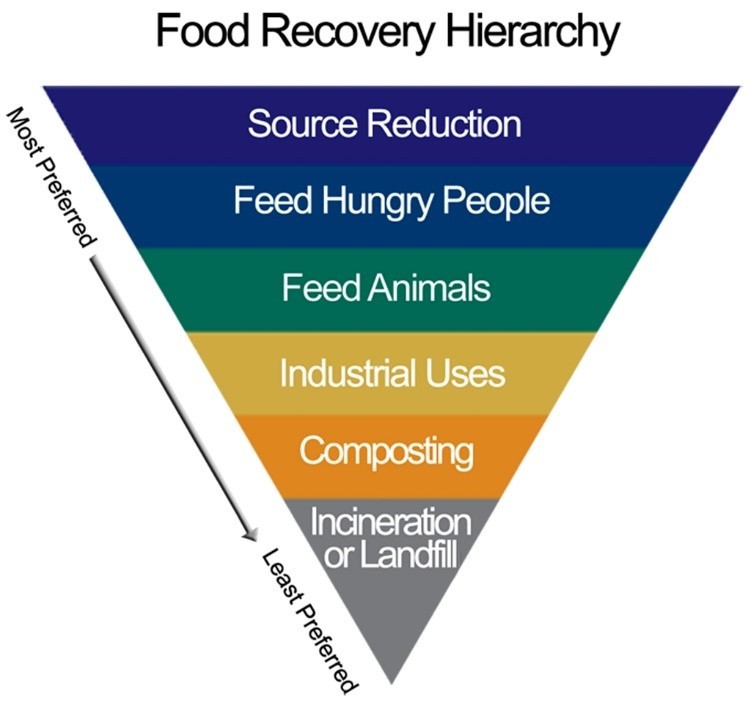

Food waste is a prevalent issue in the United States. In fact, according to the US Department of Agriculture (USDA), 30-40% of the country's annual food supply has gone wasted. The estimated cost is $990 billion. That's quite a lot.
To address this matter, the USDA and the US Environment Protection Agency (EPA) created a "Food Recovery Hierarchy", which ranks the best approaches in order to stop food waste.

As seen in the figure above, the federal agencies said that the best method is not to create waste in the first place. Well, source reduction is not necessarily just not buying food but only buying which is needed and which you will probably consume before its expiration.
Although USDA did not show any data regarding this, the most commonly wasted food is probably vegetables. Aside from its shorter store life, for whatever reason, many people seem to be buying these nutrient-packed foods but ended up just rotting it in the fridge. As proof, there is a recent tweetfest where bunch of people admitted this crime.
If you really want to buy vegetables, below are some tips you can do to extend their shelf life:
Leafy veggies
For salad mix, the first step is to pick the package that has the furthest expiration date (or "best by") and has the least moist and bruised leaves. And once you are home, transfer it to a large bowl using your freshly washed hands. Inspect for bruised or spoiled pieces and discard it. If you do not want to consume it right away, put it in a clean and dry air-tight zip bag.
No need to rewash "pre-washed" pack since these manufacturers have followed the FDA guidelines, said Shuresh Ghimire, an extension vegetable specialist at UConn Extension at the University of Connecticut.
In case you bought a lettuce head instead, cleaning it before storing it is highly suggested. Discard the outer leaves and broken leaves first before submerging it in a bowl of tap water. You might add some vinegar on it to kill the bacteria but it might leave some aftertaste. Also, use warm water only. The plant will absorb cold water, while hot water will cook the vegetables and lessen its store life.
After cleaning it, spin the leaves on salad spinner to drain excess water. If for storing, pat it dry with paper towels, put it in a zip plastic bag and store it into the crisper section of your refrigerator.
Fruits and Veggies
For maximum flavor and freshness, while buying it cheaply, nutritionist Lisa Drayer suggested buying the desired vegetable on its season. You can check this guide from the USDA to know the season of your favorite vegetables and fruits.
If the yield you brought is stored in a plastic that is not "breathable", remove it. Brush off any dirt too.
For their containers, short shelf-life like mushrooms and strawberries prefer using brown paper bags which can absorb moisture too. Paper bags are also great for veggies that you might want to keep away from the light like potatoes and onions.
Corns should be consumed immediately if you bought it without husk.
For more fruits, pick the freshest. Many fruits also last longer if they kept their stem or leaf. Some examples are apples, oranges, and pears. Wash them and pat dry them before storing them. But the case is not the same with grapes, cherries, and berries, which spoil quickly when moist. For these fruits, just wash them before eating.
Lastly, know which fruits and vegetables should not be blended with each other. For example, ethylene gas-producing fruits like apples and tomatoes will spoil ethylene-sensitive yields like broccoli, bananas and Brussels sprouts.
© 2025 NatureWorldNews.com All rights reserved. Do not reproduce without permission.





